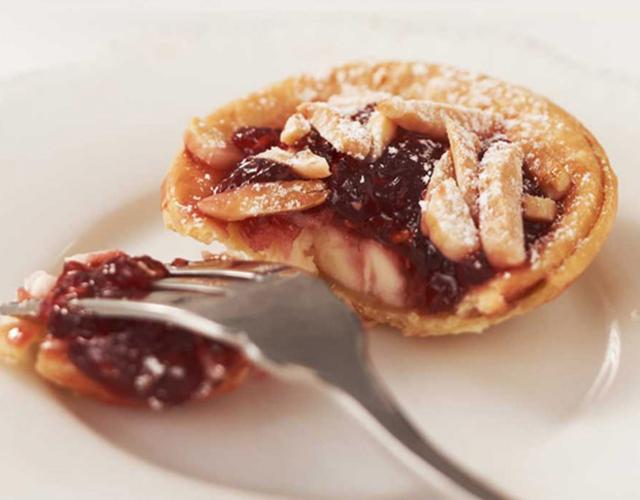A proposed Footscray eatery has been forced to take steps to be “less attractive” to visitors.
Maribyrnong Council earlier this year approved plans for a 150-patron restaurant at the Dream Factory, on the edge of the Maribyrnong River.
But the Port of Melbourne challenged the decision before the Victorian Civil and Administrative Tribunal, arguing the proposed restaurant could put patrons at risk.
Its concerns were based on the proposal being sited 400 metres to the northwest of the Coode Island major hazard facility (MHF) area, placing it just within the outer edge of the WorkSafe-defined ‘Outer Planning Advisory Area’ that surrounds the potentially hazardous area.
The port argued that restaurant patrons would not be familiar with safety procedures if an emergency were to occur and people in the outdoor seating area might attempt to flee rather than shelter in place within the building.
It was also concerned that the approval would become a precedent that would encourage similar uses within the “at risk” area.
The permit applicant and Maribyrnong Council agreed to amend the application to change the use from a 150-patron restaurant to a 110-seat cafe with shorter opening hours, no external seating, only serving staff working within the building on Saturdays and staying closed on Sundays.
“These amendments will make the café much less attractive to visitors to the area,” according to VCAT presiding member Geoffrey Rundell.
“Its external presence in the area will be very limited, particularly to the public walking/cycling trail along the Maribyrnong River.
“Most patrons would be familiar with the safety risk and emergency procedures in a MHF event as they would be tenants of the building or their clients.”
The applicant has also agreed to prepare an Emergency Management Plan that includes warnings, procedures and the installation of protective glazing.
The restaurant proposal was already significantly downsized from a knocked-back 2016 application for a 750-patron licensed “community food hall” featuring a permanent bar and a rotating roster of food trucks.







